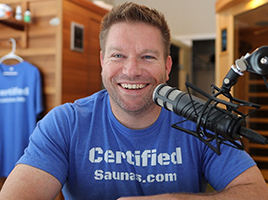A massage, on its own, is the epitome of relaxation and the same goes for the sauna—so what happens if you pair these two together?
Yup, the benefits (and the relaxing) double!
By combining a massage with your sauna sesh, you get the best of both worlds, but does it work best when you get a massage before heading into the sauna or vice versa?
We have the answer for you, so read on!
For the “TL;DR” Types
The heat in the sauna is one of the major reasons why you feel relaxed in the sauna; it gets your muscles to soften and hence, relax.
This lets your masseuse knead them and work them more deeply. Therefore, it may prove more beneficial to head into your massage session after having loosened and relaxed your muscles, especially for more intense massages such as sports massages.
Just 10-15 minutes in the sauna is sufficient to stretch and warm your body up for the massage to follow.
However, doing it the other way around can also be beneficial—the detoxification benefits are multiplied when you follow up your sauna session with a massage.
At the end of the day, the main point of both sauna sessions and massages is to relax your mind and body, so it really doesn’t matter which type of relaxation is followed by the other!
All You Need to Know about the ‘Sauna-Massage’ Pairing
A massage before your sauna session has its own benefits, as does one after. But have you wondered what type of sauna goes best with a massage, or how the professionals do it?
This section answers all of this!
But First, Is It Okay to Have a Massage and a Sauna Session on the Same Day?
It might seem a little intense to have a massage and a sauna session on the very same day, but it’s perfectly safe to do so. Both massages and sauna sessions are aimed at relaxation, even if they do it in different ways.
Saunas relax your muscles with heat penetration and detoxification, while messages use touch to release any muscles and knots and decrease stress levels.
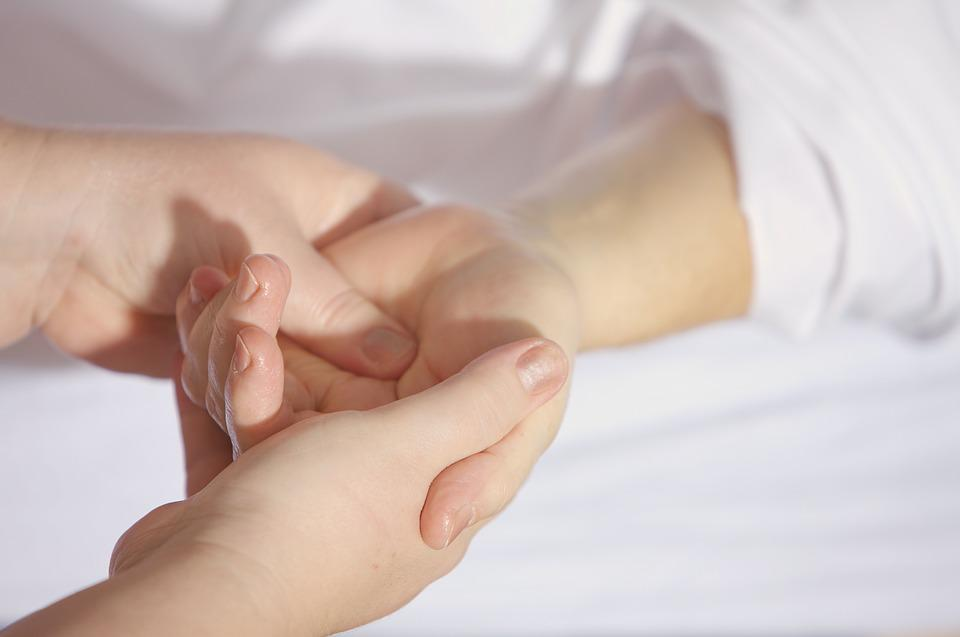
There is no evidence that clubbing a massage with a sauna session is harmful to your body. In fact, as mentioned before, the benefits simply double and you get twice the goodness.
Benefits of Saunas and Massages
Let’s take a look at the benefits that saunas and massages can bring.
Saunas
Some of the benefits of saunas include:
-
Saunas help reduce pain by bettering circulation and reducing muscle soreness. This also helps reduce stress levels.
-
Saunas help reduce blood pressure and improve cardiovascular health.
-
Saunas can potentially provide relief from asthma.
- Saunas may help lower the risk of Alzheimer’s and dementia.
Massages
Massages can help in the following ways:
-
Massages help improve immunity.
- Massages increase relaxation and reduce stress.
-
Massages can provide relief to muscles, reducing tension, pain, and soreness.
-
Massages help reduce blood pressure and heart rate.
- Massages may also help alleviate or reduce symptoms and pain from digestive disorders, anxiety, injuries, backaches, and headaches.
As you can see, many benefits of saunas and massages overlap, which means that the benefits are only amplified when you do both together.

What Type of Sauna Goes Best with Massages?
There are several types of saunas available—traditional saunas, steam rooms, infrared saunas, dry saunas, and the like.
Let’s see how each type of sauna pairs with a massage.
Steam Rooms
Steam rooms, like all types of saunas, can help relieve you of stress, the number one killer in the United States. By providing you with an environment of relaxation and with the heat relaxing and easing your muscles, a steam room effectively brings down levels of stress.
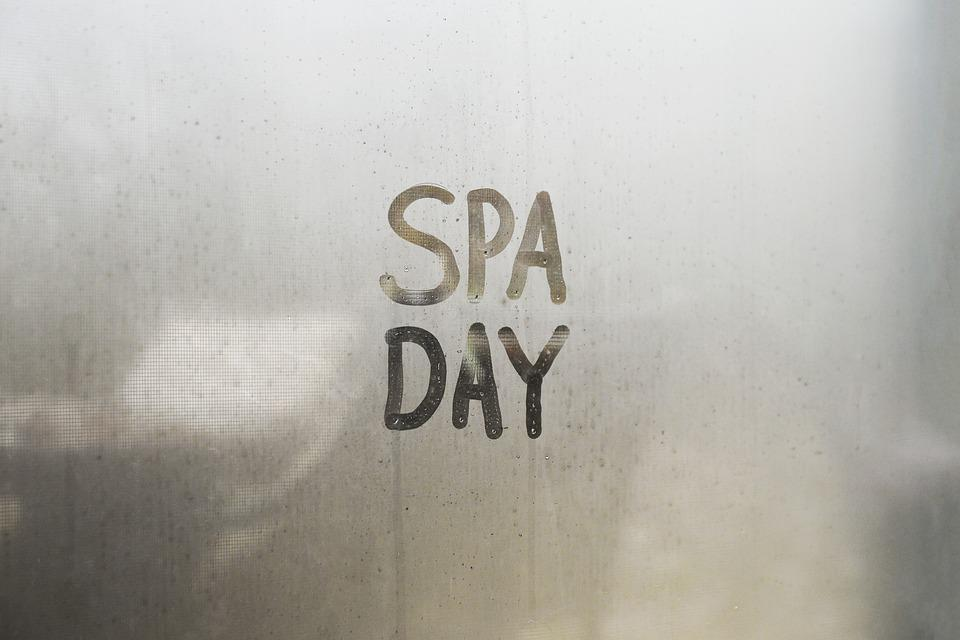
A session in the steam room before your massage will lead to an increase in blood flow, which leads to better circulation and vasodilation. It can also reduce or alleviate any pain.
The improved circulation also means better oxygen circulation and absorption of nutrients, as well as better expulsion of toxins from the cells to the skin surface—all of which lead to better cell health, muscle recovery, and immunity.
Additionally, a massage after the steam room can help you relax better. Since a session in the steam room is akin to exercise, it gets your heart rate up. A massage following the session can be beneficial, as it can lower the heart rate while relaxing muscles and releasing endorphins in the process.
Steam rooms and massages both help boost the immune system and remove toxins and wastes from the body, so by following up a steam room session with a massage, you get double the detoxification benefits.
However, ensure that you don’t overdo the steam room session. Sessions should last no longer than 15 minutes, post which severe dehydration can set in.
Traditional Saunas
Traditional saunas are great for detoxification, with the detoxification leading to a range of benefits such as better skin health and skin elasticity, the promotion of natural bodily healing, and a reduction in muscle spasms.
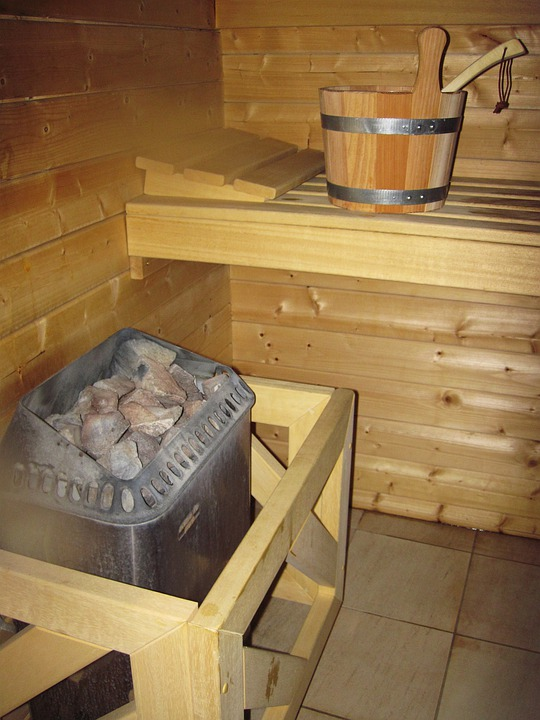
A sauna session before the massage can amplify detoxification benefits, just as steam room sessions can. This leads to better overall health and immunity. Traditional saunas are also great for blood circulation and oxygen flow, as the heat deeply penetrates muscles, joints, and tissues, leading to an increased speed in oxygen flow.
Temperatures in a traditional sauna can hit 180-190℉, so like steam rooms, your sessions in a traditional sauna should only last 15 minutes and no longer, or else sauna bathers risk dehydration and low blood pressure.
Also, ensure that you hydrate adequately before, during, and after the session, and take breaks in between if you need to.
Infrared Saunas
An increasing number of sauna users are swearing by infrared saunas, with many deeming them the best of all the sauna types available.
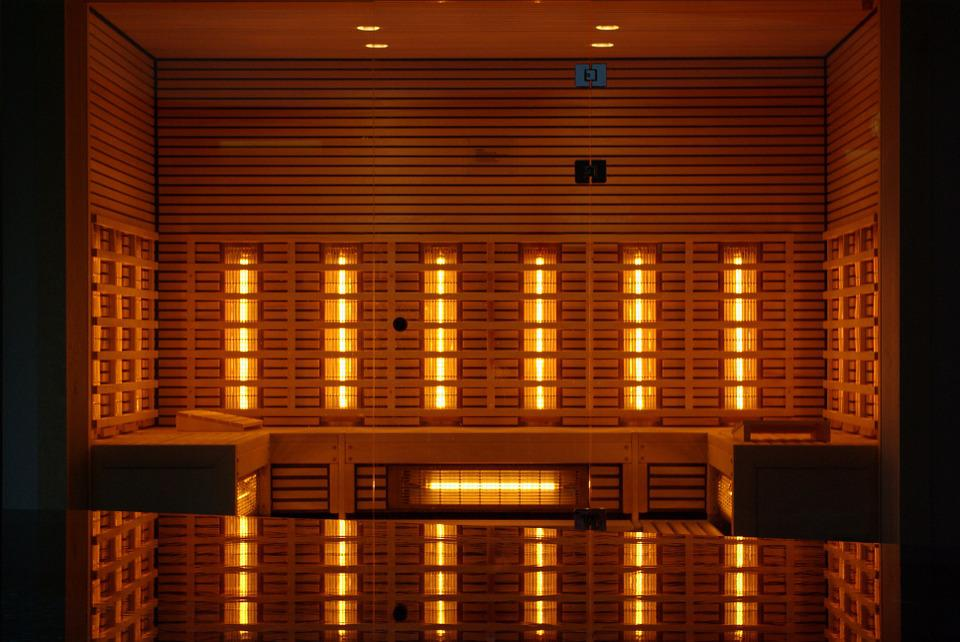
An infrared sauna works on infrared technology. The infrared panels emit waves that heat the skin directly, unlike traditional saunas and steam rooms, where the air is heated first and the heat from the air is transferred to the skin.
Infrared saunas are, therefore, more efficient at detoxifying the body on a cellular level (where most toxins rest), as they directly and quickly heat the body. This also helps relieve any pain or soreness in the body, especially post-workout pains.
Post-workout pain is relieved by infrared saunas as they break down the lactic acid buildup in the body’s tissues and muscles, which is the main cause of soreness.
Infrared saunas also reduce inflammation and swelling, boost white blood cell production, and ensure that your muscles are warmed up and loosened enough for a massage. They also have anti-aging benefits.
Though infrared saunas are quite safe, they can hit temperatures as high as 140℉, so you should beware of any potential risks of dehydration, overheating, and dizziness.
How Do Professional Spas Do It?
Many spas offer packages that comprise massages, sauna sessions, steaming, and showers. The order typically followed is a shower, followed by the steam room for 6 minutes or so, a cold shower, the sauna session, and a massage.
Some packages offer the Nordic Cycle, where cold baths and sauna sessions are alternated for 3-4 cycles, for a range of health benefits.
Are There Any Drawbacks to Worry About?
Too much of anything can be too bad—this applies to sauna sessions and massages as well! Here are some of the risks to keep in mind when it comes to massages and sauna sessions.
Sauna Risks
Some of the risks from saunas include:
- A fall in blood pressure, especially if you’re following the Nordic Cycle
- The risk of dehydration caused by excessive sweating or prolonged sauna sessions, as well as nausea and dizziness
To avoid these risks, you could take some precautions, such as consulting with your doctor before using the sauna, especially if you’ve suffered a cardiac arrest before or have any cardiovascular diseases/conditions, are pregnant, or are prone to low blood pressure.
Additionally, always hydrate sufficiently before your sauna session, during it, and after, especially if you suffer from kidney diseases/conditions.
Lastly, though it feels great to relax in a sauna, never spend more than 15-20 minutes in the sauna. If you’re a first-timer, start off with 5-10 minutes and slowly work your way up as you get used to the heat and the sauna environment.
Also, if you’re ill, recover well before hitting the sauna!
Massage Risks
Though the risks are lower than saunas, there are some risks to massages. The following possible risks accompany massages:
-
Infections, if you’ve got a massage in unhygienic conditions or have open wounds, especially after a sauna session—when you’re body and pores are open—the risk is higher.
-
Bleeding, especially if you’re on any anticoagulants or blood thinners.
- Fractures and osteoporosis, especially if you have weak bones.

As it is with saunas, consult with your doctor before you go for a massage, especially if you have any unexplained aches, underlying health conditions, or are pregnant.
Some massages, while they are relaxing, can also be intense and painful. Don’t just put this down to “the way it’s supposed to be”—voice any concerns you feel about any pain during your massage. Excessive pressure comes with its own problems.
Additionally, be prepared for a tiny bit of soreness the day after a massage, but if it’s excessive, something may not have gone right during your massage.
The Bottom Line
As mentioned earlier, the point of both saunas and massages is to relax, and by putting them together, you’re hitting relaxation max!

However, listen to your body and if anything feels painful or non-relaxing, it may not be a good day to combine a sauna session and a massage.
That apart, it really doesn’t matter which one comes before the other, as long as your body is reaping the benefits of both!
